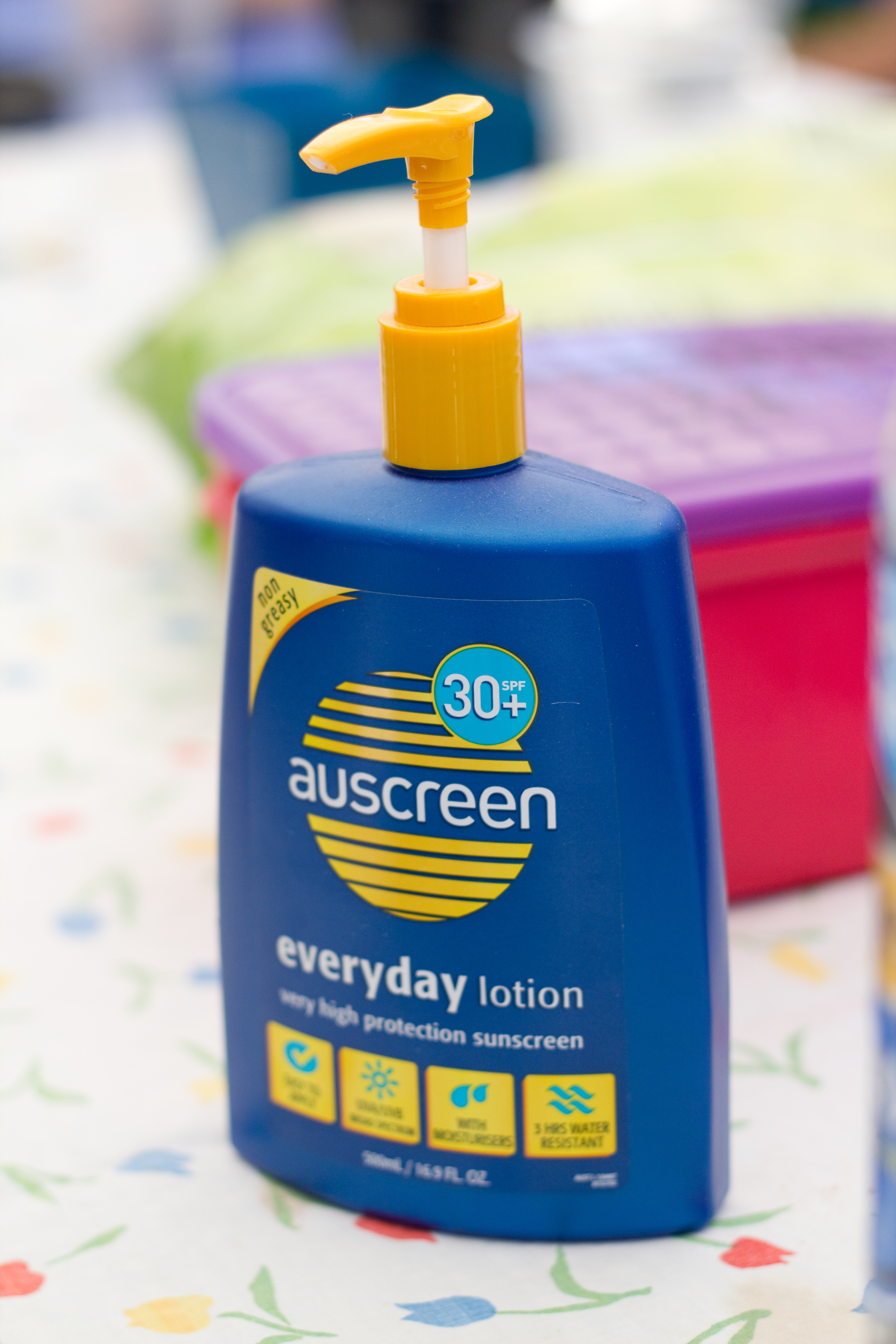When stepping into the sun, it is highly recommended that we use sunscreen to protect our skin. Sunscreen shields skin from harmful UV rays that can potentially cause skin cancer. Doctors suggest that everyone should apply sunscreen regardless of skin tone, age, and geographic location. In fact, according to the CDC, skin cancer is the most common form of cancer in the US. High levels of sun damage can lead to cancer by causing cells to mutate and multiply rapidly due to excessive UV radiation exposure.
While sunscreen does provide this essential protection, there is a downside. Sunscreen may pose a serious threat to our environment by damaging ocean ecosystems. For example, a study found that a compound in sunscreen called oxybenzone severely harms coral reefs. The compound can damage DNA which ultimately leads to improper coral development. Coral reefs are important to humans because many communities heavily rely on the reefs for activities such as tourism and fishing. Other research has shown that substances in sunscreen called nanoparticles can damage the embryos of many sea creatures.
Image Source: PeopleImages
However, a recent study shows that a compound in seaweed could potentially be used as a substitute for traditional sunscreen ingredients. Researchers at Kings College London extracted a compound from seaweed called palythine. They found that this compound can protect our skin cells from UV radiation without harming ocean ecosystems because it is a natural, non-toxic substance. The researchers discovered that even a small amount of this compound can absorb UV rays. They also found that palythine can act as an antioxidant that can protect our skin from oxidative stress, damage that can occur due to highly reactive free radicals. The researchers predict that with further development, this ocean friendly sunscreen compound could replace environmentally harmful ones.
While this study may be the start of using seaweed as eco-friendly sunscreen, further research must be conducted in order to determine if this compound will work outside of the laboratory.
Featured Image Source: Sunscreen by Tom Newby










